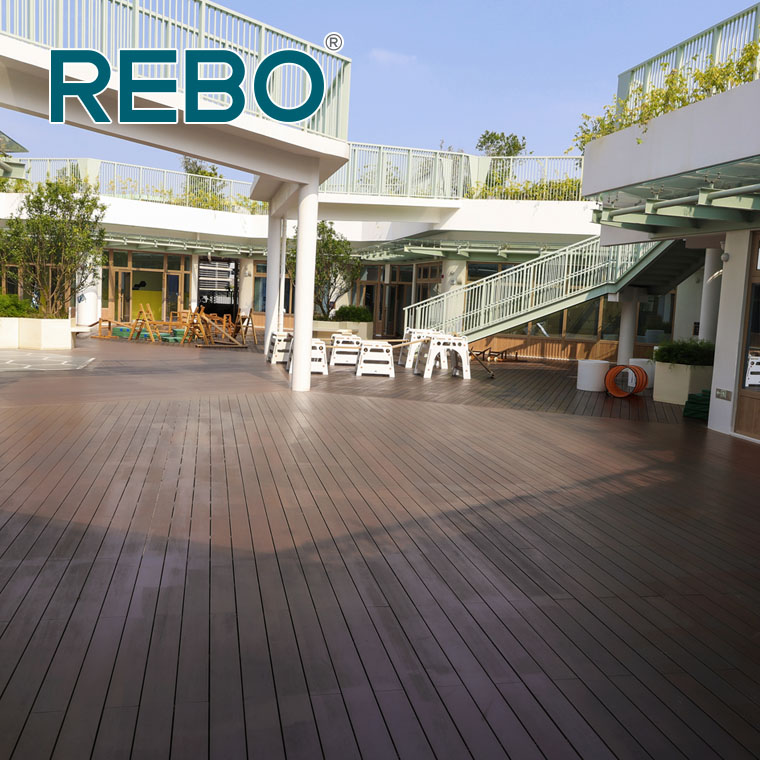How to Achieve Effective Anti-fungus Properties for Bamboo Products
Strand woven bamboo products can achieve effective anti-fungal properties through the following methods:
Material selection and pretreatment.
The material bamboo chosen is free from diseases and insect pests. Healthy bamboo is less likely to be contaminated with fungi during the production process. Also, bamboo with a dense structure is more resistant to fungal penetration.
Drying: Thoroughly dry the bamboo to reduce its moisture content. Fungi thrive in moist environments, so reducing moisture can significantly inhibit fungal growth. The drying process should be carried out at an appropriate temperature and humidity to ensure that the bamboo is evenly dried without cracking or warping.
Sterilization: Use appropriate sterilization methods to kill any existing fungi or bacteria on the bamboo surface. For example, high-temperature steaming or chemical sterilization can be applied. High-temperature steaming can kill microorganisms by subjecting the bamboo to high temperatures and pressure for a certain period of time. Chemical sterilization involves using fungicides or disinfectants that are safe for bamboo and effective against fungi.
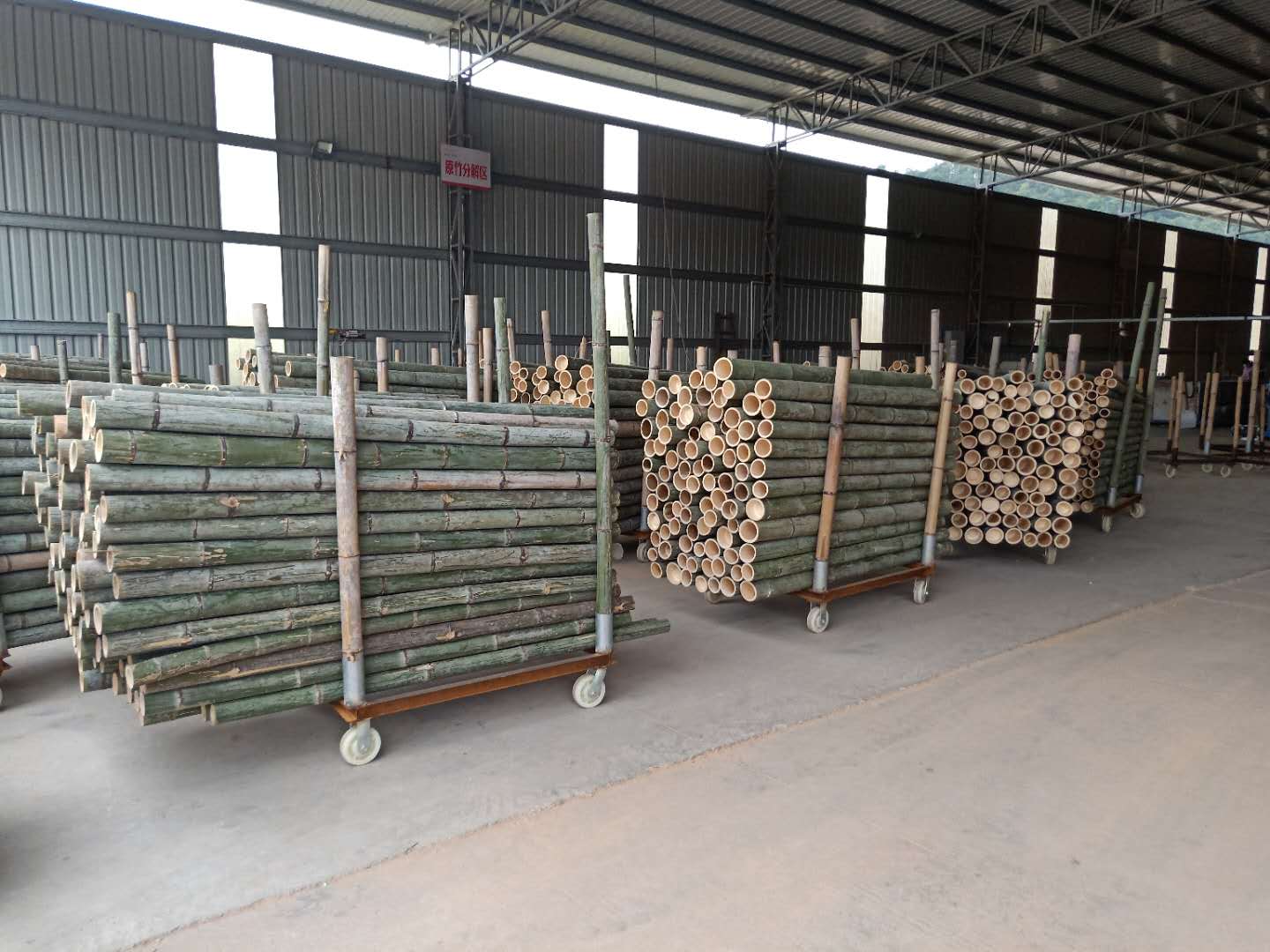
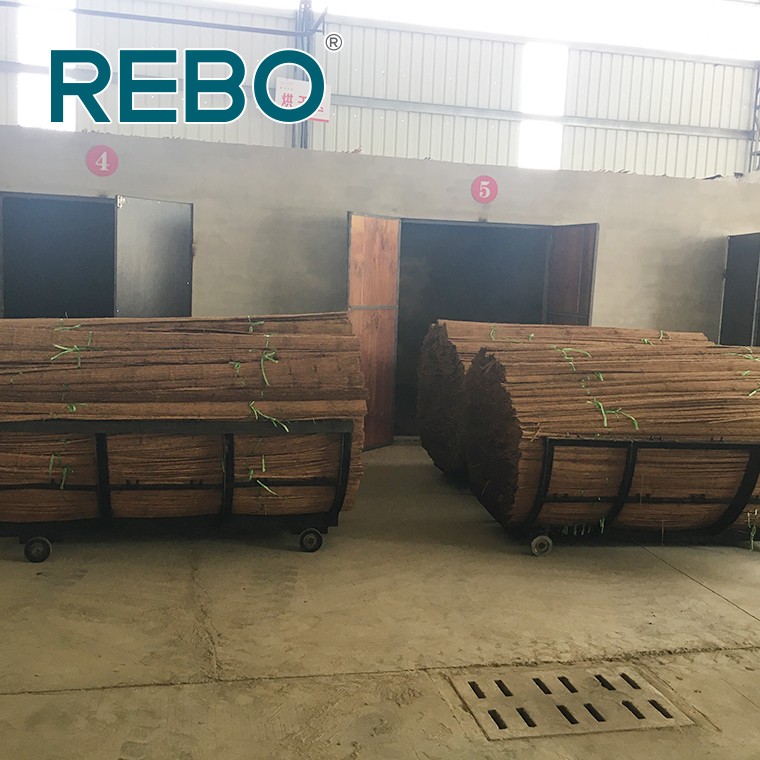
Processing techniques
Use high-quality adhesives that have anti-fungal properties. The adhesive should be able to bond the bamboo strands firmly while also providing resistance to fungal attack. Some adhesives are specifically formulated to inhibit fungal growth and can greatly enhance the anti-fungal performance of strand woven bamboo products.
Ensure proper application of the adhesive. The adhesive should be evenly spread between the bamboo strands to create a strong bond and prevent any gaps or voids where fungi could potentially grow.
Apply appropriate pressure and temperature during hot pressing. This helps to compact the bamboo strands and improve the density of the product, making it more difficult for fungi to penetrate. The hot pressing process also activates the adhesive and promotes better bonding between the strands.
Control the hot pressing time to ensure that the product is properly cured. Insufficient curing can lead to weak spots in the product that are susceptible to fungal attack.
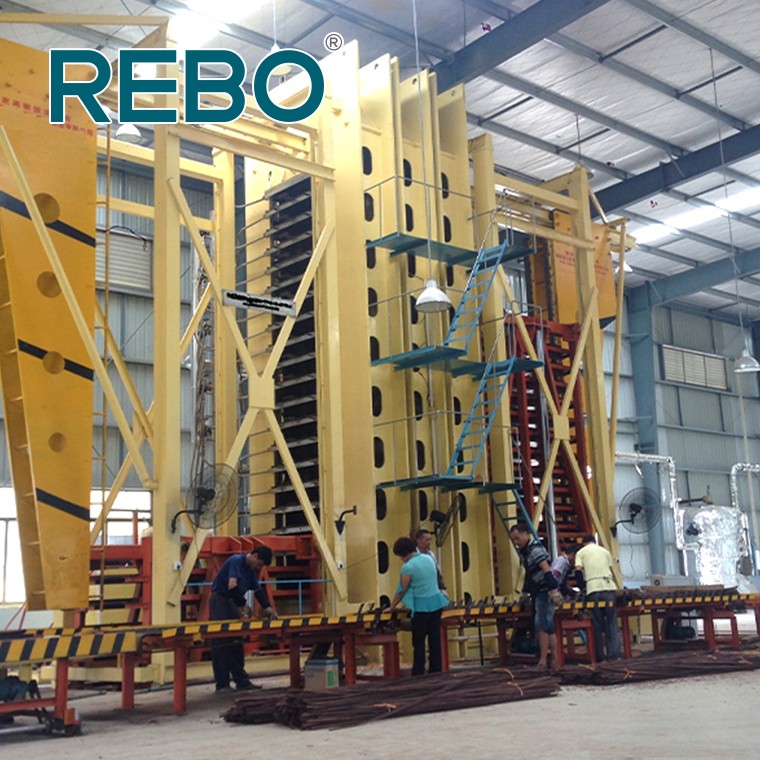
Surface treatment
Apply anti-fungal coatings to the surface of strand woven bamboo products: These coatings can form a protective barrier against fungi and prevent their growth. There are various types of anti-fungal coatings available, such as polyurethane coatings, epoxy coatings, and water-based coatings. Choose a coating that is suitable for the specific application and environment of the product.
Ensure proper application and curing of the coating: The coating should be applied evenly and allowed to cure completely according to the manufacturer's instructions. This will ensure its effectiveness in providing anti-fungal protection.
Impregnate the bamboo with anti-fungal agents: This can be done by immersing the bamboo in a solution of anti-fungal chemicals or by using vacuum impregnation techniques. Impregnation can penetrate deep into the bamboo structure and provide long-lasting anti-fungal protection.
Select anti-fungal agents that are safe for human health and the environment: Some common anti-fungal agents used for bamboo impregnation include copper-based compounds, boron compounds, and organic fungicides. However, it is important to ensure that these agents are used in accordance with relevant regulations and standards.
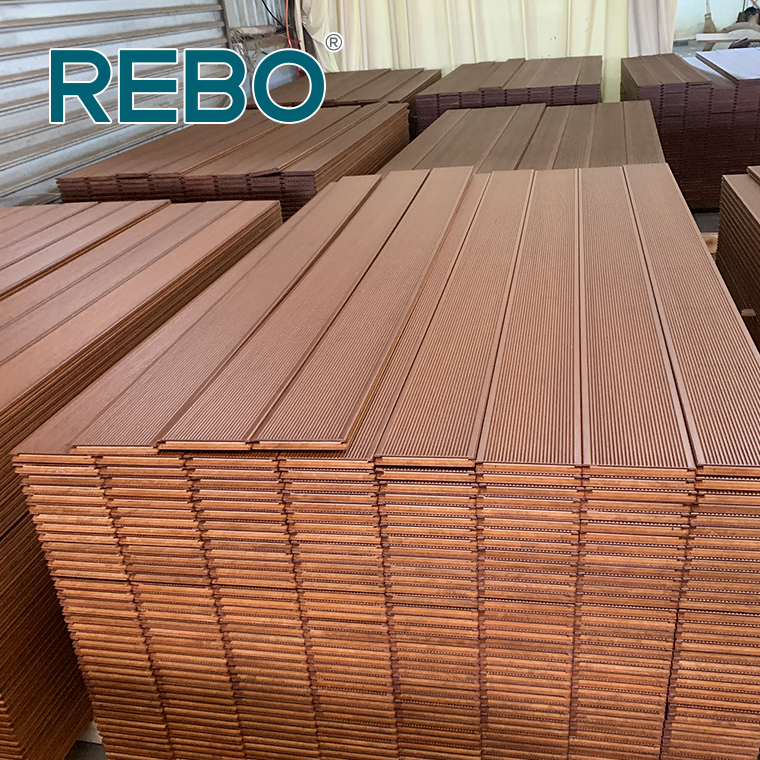
Storage and maintenance
Store strand woven bamboo products in a dry and well-ventilated area. Avoid storing them in damp or humid environments where fungi are more likely to grow. If possible, use storage facilities with controlled temperature and humidity.
Keep the products away from water or moisture sources. For example, do not place them on damp floors or expose them to rain or excessive moisture.
Clean the products regularly with a mild detergent and water. Remove any dirt, dust, or debris that may accumulate on the surface, as these can provide a breeding ground for fungi.
Inspect the products periodically for signs of fungal growth. If any signs are detected, take immediate action to treat the affected area. This may involve cleaning, applying anti-fungal treatments, or replacing damaged parts.
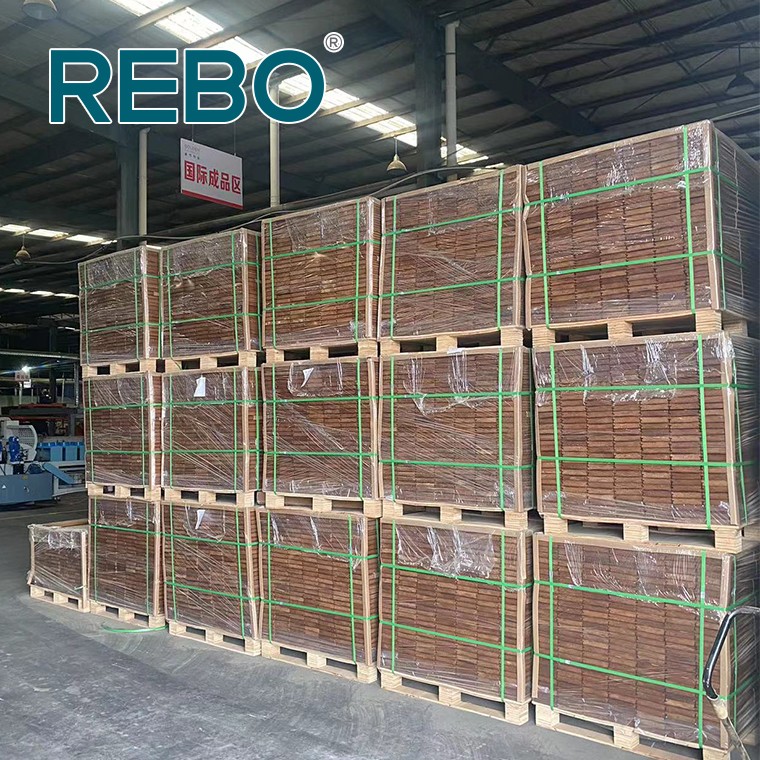
In conclusion, achieving effective anti-fungus properties for strand woven bamboo requires a multi-faceted approach encompassing raw material selection, processing techniques, surface treatments, manufacturing quality, storage conditions, and ongoing maintenance. By implementing these professional and comprehensive measures, strand woven bamboo can offer superior resistance to fungal growth, ensuring its durability and performance in various applications.
